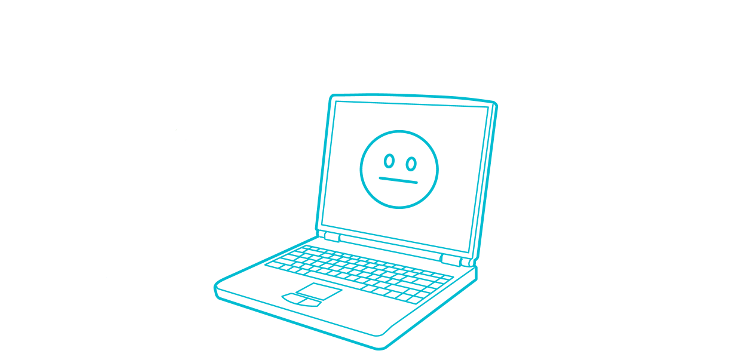Each morning billions of us wake up and head off to work. Cars start, subway cars fill, computers spin, and each of us face another day making a living. Week after week. Year after year. In the midst of this seemingly endless ritual, you might find yourself wondering, “Why am I doing this?”
Of course, there are the obvious answers: I need to pay the bills; I gotta put food on the table. And some of us can readily identify that we also work to make a difference in the world, feel challenged, or be creative. However we chose to answer the question, the “why” of going to work is central to making a living.
But what happens when you’re just not into it anymore? When your passion for the work has cooled. When your job, instead of feeling like a meaningful exercise, becomes a daily slog?
It’s less about why we go to work and more about how we show up.
A 2015 Gallup poll found that 67% of Americans come to work disengaged. And research shows that when we’re checked out at work, we’re more stressed, less productive, and less willing to offer an innovative idea.
It’s understandable how passion even for a career that once felt exciting can fade. The looming threat of downsizing that makes you feel expendable; having too much to do and not enough time to do it; constant financial pressure— the list goes on.
But given that the majority of us need to work, the question becomes: How can our mindfulness practice help us in the midst of such drudgery?
3 Mindfulness Tips for On-The-Job Drudgery
The fact is that work offers a rich mix of experiences: some exciting, rewarding, and triumphant, others boring, disappointing, or tragic. The challenge is less about pursuing the preferred side of work and more about engaging all workplace experiences authentically with confidence, openness, and skill. It’s less about why we go to work and more about how we show up.
1) Invite a colleague for coffee
Ask them: What do you most value in a colleague? How well do I measure up? How can I be more helpful on the job?
Reflect on what you learn and how it feels to be open to such a conversation. Then, do the same with another colleague, and see what happens.WMindfulness teaches many things, but first it demands that we befriend ourselves—shortcomings and strengths, sadness as well as our joy.
Such honesty shows us how to befriend our “work” selves as well, realistically, without amplifying difficulties, sugarcoating conflicts, or chasing agreeable experiences. With a fresh and clear-minded intelligence, we can explore our dissatisfaction at work, maybe with a bit more friendliness.
2) Ask yourself: Is it Time to Go?
If your workplace is perpetually toxic or doesn’t inspire your commitment, then it may be time to move on. But instead of running away out of frustration, you want to enter this next stage with eyes wide open and with enthusiasm. So before you decide to say enough is enough, write down the things that make your workplace healthy despite its negatives
Maybe it’s the daily banter with a coworker, the responsiveness of the help desk, or the view from your window. This kind of friendly realism can cut through any storylines that blind you to the broader health and well-being surrounding you.
3) Reflect on what success means to you
Ask yourself: “If I were wildly successful at my job and working in a place that I really enjoyed, what would it look like?”
Meet with others and ask what works—and what doesn’t—in their jobs, and keep notes. At the end of the two months, chances are that you’ll have a broader and more inspired perspective, either to apply in your current job or to bring somewhere new.
Read More
The Richness of Everyday Life
Want more from life? Appreciate what you’ve already got. You’ll start fixating less on that salary increase and noticing the existing wealth of your surroundings.
Read More
How to Find Fulfilling Work
Six tips to help you look for fulfilling work from The School of Life.
Read More









